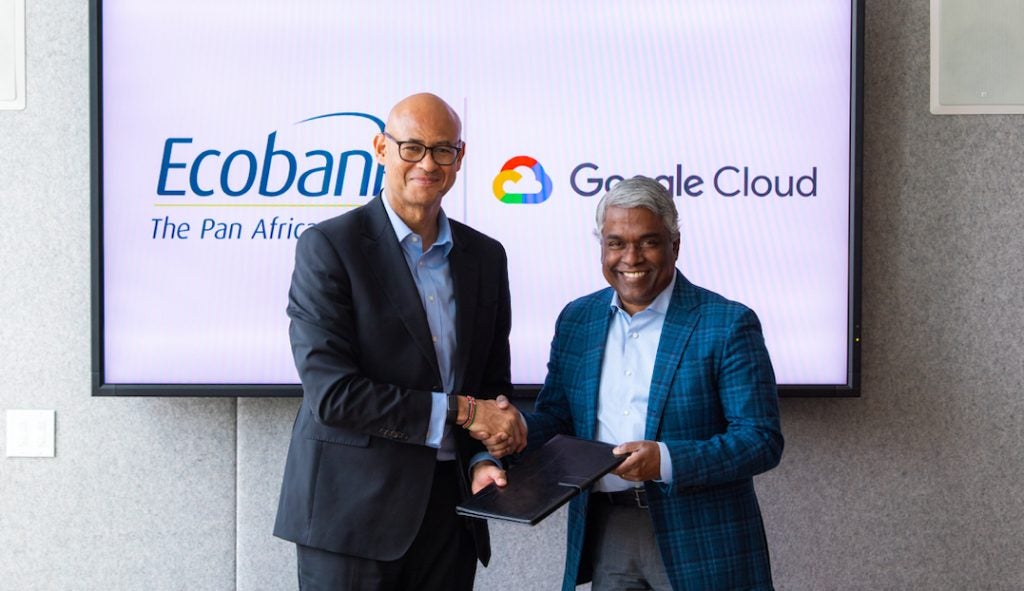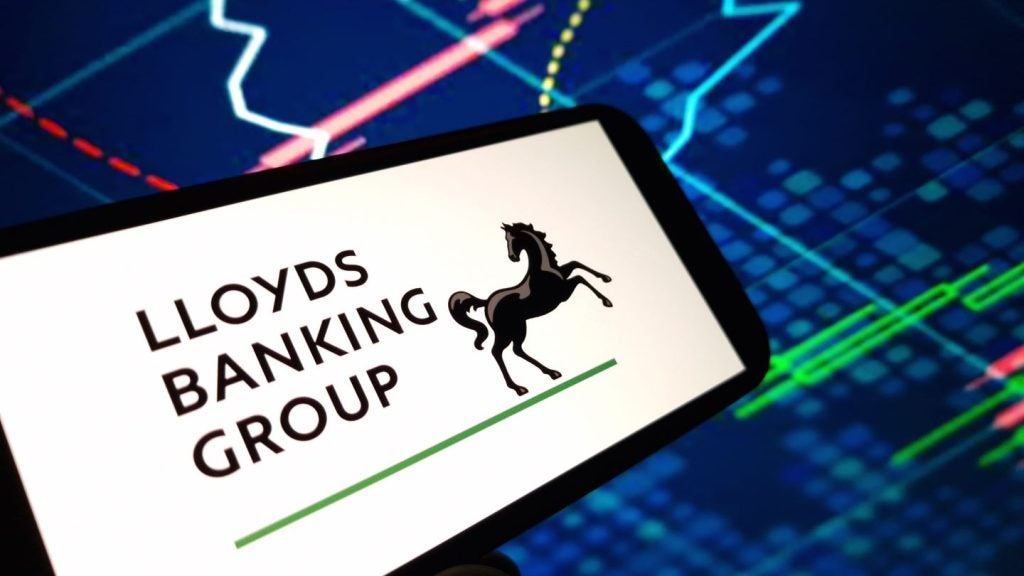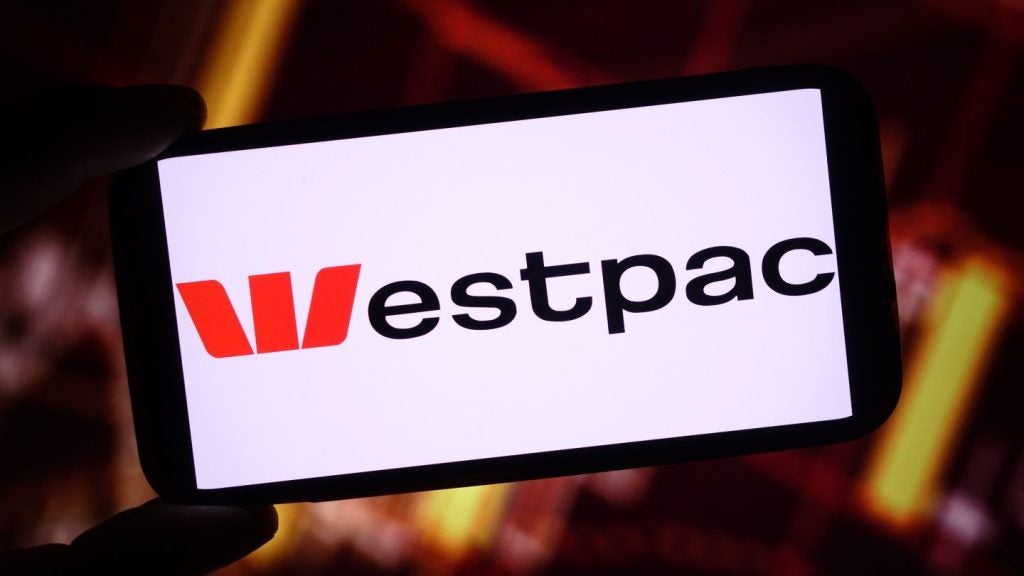for banks to communicate with and serve the underbanked segments of
the world, says Shripriya Ragunathan, product consultant, Finacle,
at Infosys Technologies.
Living primarily in a cash economy, underbanked consumers base
financial decisions on their day-to-day needs, unlike banked
consumers. Their lifestyle is characterised by moderate incomes, ad
hoc employment or employment in low paying jobs and a broken or
disorganised family structure. In such a situation, having cash in
hand is comforting for many and every dollar, peso or rupee
counts.
In this cash-oriented and need-based
economy, the bank hardly enters into the scheme of things. Though
the underbanked have bank accounts, they bypass asset-building
relationships with banks, opting for a variety of often costly
non-bank transaction options to cash their checks, pay bills, and
remit money. For example, 45 million people (19.4 percent of all US
households) have an account with banks but visit an array of
non-traditional financial service providers to meet their
needs.
On a closer look, one can easily
understand why these underserved millions operate under the fringes
of the banking sector. It’s more out of the absence of suitable
products in the banking sector tailored to their needs, than by
choice. Banking services are grossly under-utilised in this
segment, thanks to the banking sector’s inability to understand the
characteristics of the market and offer solutions that suit its
needs.
In these times of increasingly
competition, financial institutions must devise strategies to bring
the underserved into the financial mainstream. Their complete
economic inclusion can work to the advantage of both – the bank and
the underbanked.
Banking the
underbanked
The underbanked from all corners of the
world engage in financial transactions. Irrespective of where in
the world they might be, this underserved section of society has
similar needs for financial services. Apart from the obvious
requirements of savings, loans, transactions, and investments that
all financial consumers have, the underbanked have certain special
needs and characteristics, which are:
• Banks must offer creative and low-cost
financial products and fee structures. Immediate liquidity for
cheques, services for last-minute bill-paying, remittance services,
and small product sizes, among others, is the need of the hour.

US Tariffs are shifting - will you react or anticipate?
Don’t let policy changes catch you off guard. Stay proactive with real-time data and expert analysis.
By GlobalData• The underbanked have a fear and distrust
of dealing with banks and prefer a friendly and less formal service
environment. Convenient locations and hours, friendly employees and
clear communication about charges can help the underbanked overcome
distrust and enable banks to showcase customer-centricity
• Safety and confidentiality in
transactions, flexibility in savings and repayment schedules with
simplicity and speed in processing
• Basic financial education or
information
For the underbanked, complete financial
inclusion promises a transformed life. With most banks not meeting
the above conditions, many consumers rely heavily on non-bank
providers and pay high costs in the bargain – both monetary and
other more substantial ones. They pay excessive fees for basic
financial services, fall prey to predatory lenders, and have
difficulties acquiring assets. With better access to mainstream
financial services, the underbanked can benefit from a range of
products and build assets, increase income and ensure continuing
opportunity for themselves and their families.
Mobile banking can provide
answers
Most banks find it difficult to meet the
needs of this market because of the high cost of servicing, coupled
with lower return on investment. Risk is probably their greatest
concern around the underbanked.
However, banks that ignore the underbanked
are making a poor business decision and missing out on a great
opportunity. Banks must realise – and they are doing so – that
since the needs of the underbanked are not being addressed, they
will not hesitate to choose alternative players offering them
better solutions or products that address their day-to-day
financial requirements. This explains the popularity of telecom
players offering mobile banking services, gaining momentum with the
underbanked communities.
A little out-of-the box thinking in
devising creative products and delivery systems that are simple and
accessible can help ensure inclusive growth for both banks and the
underbanked. Technology can be a great enabler in this endeavour
and employing it effectively can help banks reduce costs and bring
larger returns even as it helps empower the underbanked. And when
it comes to technology and the underbanked, there is nothing as
accessible, effective and affordable as the ubiquitous mobile
phone.
Not everybody has access to computers, but
most have mobile phones. In most emerging economies, mobile
consumers are growing at a much faster rate than bank customers. A
growing number of low- and middle-income countries have achieved
relatively high mobile penetration levels as showcased below:
Country Mobile penetration
rate
Philippines 60%
Malaysia 81%
South Africa 86%
Nigeria 35%
Argentina 96%
Brazil 67%
China 42%
India 23%
Source: industry sources, 2008
Encouraging facts and
figures
Mobile banking in addition to mobile
payments involves access by mobile device to the broader range of
banking services, such as account-based savings or transactions
products offered by banks. Mobile payments and mobile banking are
themselves subsets of the broader domains of e-payments and
e-banking respectively.
Mobile banking is taking off because it is
convenient, fast, simple, and secure. Gartner has estimated that
there will be 33 million mobile payment users worldwide in 2008,
with the Asia Pacific taking the lead. Gartner expects this number
to triple to 103.9 million users in 2011. Mobile banking can also
fuel the remittance market. Celent estimates that the remittance
market will reach $345 billion by 2008 and unofficial estimates are
as high as $800 billion.
Banking transactions in emerging countries
are increasingly being executed on mobile phones and the device has
emerged as a key driver of economic progress in these countries.
Non-traditional banks such as WIZZIT, MTN Banking, Safaricom’s
M-PESA, G-Cash and Smart Money in the Philippines, and Ipay in
China, are reaching the unbanked and underbanked. The ripples made
by the mobile as a medium of banking has reached as far as Africa
where the government and financial institutions are leveraging it
to pro-actively reach basic banking services to customers.
While mobile banking has taken some time
to take off in the US because of platform-interoperability issues,
there is a significant population of potential mobile financial
services users among the underbanked in the United States,
conservatively estimated at more than 17.5 million people. Nearly
half of the 340 banks the Independent Community Bankers of America
surveyed are making efforts to market mobile banking to the
financially underserved.
The access to banking services it
guarantees, the lowered costs and increased convenience can help
the underbanked transform their lives. Let us see how this is
possible.
Access to banking
services
Banks require devices that, quite
literally, help them reach the underbanked and allow customers to
connect with the bank. One such device which could be a great
leveller is the mobile phone. The always-available, easily
accessible and affordable mobile phone can help the undeserved bank
on his own terms in a cost-effective manner.
1. Mobile banking can help bring the
underbanked into the banking fold by helping them move along the
poverty-self-sufficiency continuum as described by the Alternatives
Federal Credit Union: from transactor, to saver, to borrower and
finally, an owner. For this, banks must have a deep understanding
of this segment so as to offer products that address their needs.
According to a survey, the underbanked are looking for better
banking relationships and have clear financial goals. Once a bank
can establish a relationship, it can put in place a sophisticated
cross-sell strategy to ensure long-term success.
2. Banks can start by offering mobile
payment and remittance services to transactors, which is a most
pressing requirement in this group. Migrants working in
industrialised countries sent more than $300 billion to developing
nations in 2006, according to an International Fund for
Agricultural Development and the Inter-American Development Bank.
In 2004, workers in the United States sent $34 billion to Latin
America and the Caribbean, and approximately $6 billion each to
India and the Philippines.
3. Mobile banking taps the extensive reach
of mobile communications to enable these migrants to send
remittances to their dependents at an affordable rate and in a
secure manner. Moreover, the all-pervasive risk of overdraft (and
the penalty) is reduced, pricing is transparent, and there are more
opportunities to save and a chance to build credit history for
future financial dealings.
4. The bank can then help the underbanked
move toward self-sufficiency by offering savings, credit and
investing products that help establish long-term relationships.
These not only act as buffers for times of financial stress but
also as tools for financial prosperity.
5. Thus banks can offer a chequeless
checking product and a fee waiver for a savings account. Both may
be accessed through mobile banking. By providing users with
real-time account information, mobile banking services could help
new clients manage their accounts and avoid penalty fees. Mobile
platforms may also help banks introduce and administer higher-value
products.
Cost advantage
In this age of hyper-competition and
sliding margins, banks need to do everything possible to lower
costs. Mobile banking is a low-cost, accessible channel, helping
banks reach more customers with less expense.
1. There is no need for additional
infrastructure and costs incurred therein. Mobile phones can reach
everyone without adding overheads to the bank’s infrastructure and
increase volume for small transaction fees. As mobile networks
expand their coverage, they offer banks the opportunity of bringing
payment and remittance services into areas without conventional
banking services. The scalability and automation of mobile banking
make it a cost-effective channel. Banks can reach a greater number
of customers easily, thus reducing time to market and increasing
agility even as transaction costs come down.
2. The lower cost incurred by the bank
translates into a cost advantage for the underbanked as well, who
have to pay lesser to use services. Direct fund transfer methods
help cut costs and increase convenience. Hence peer-to-peer
transfers are rated as a top option for mobile financial services.
This is particularly the case in regions with high mobile
penetration such as Asia.
Increased convenience
The inherent sense of self-sufficiency the
underbanked possess makes them loyal to their own schedules, to
products that offer value for money and providers that guarantee
faster and efficient service. The mobile is tailored for the
underbanked mindset. It puts the underbanked customer in the
driver’s seat to undertake convenient, simple, easy, and immediate
transactions.
Underserved customers value convenience.
After all, they cannot afford to take time off from work – which
becomes a costly necessity in branch banking. Mobile banking allows
the customer to deposit and withdraw cash through a mobile
operator’s airtime-resale agents, and send money via text messages.
Salaries can be credited to the mobile banking account, payments
can be made, bills paid and money sent to family and friends.
Underbanked customers have easy and instant access to financial
transactions without the costs or risks associated with of
cash.
Conclusion
Historically, banks have ignored this
large and lucrative market because of the high risk and low return
associated with this segment. In this scenario, mobile banking
offers a huge opportunity to enable the underbanked to achieve
financial well-being even as it contributes to the bank’s bottom
line. However, financial institutions need to understand that this
may not be the only key to capturing the underbanked market.
Though the reach of mobile as banking
medium can be high in the urban areas, it may not be so in the
rural markets. In order to push the mobile as an effective medium
of banking in rural areas, a well thought out strategy may have to
be adopted in terms of product offering and other surround
services. For example, adoption of voice recognition, local
language support and simple steps to complete transactions is key
for penetration into rural regions. Banks must significantly
strengthen their innovation agenda to effectively and profitably
reach out to the underbanked.
References
1. The Center for Financial Services
Innovation;
2. Gartner research;
3. The Economic Times;
4. The American Banker
Underbanked
Americans
The underbanked population
represents anywhere from 12 million to 40 million US households,
accounting for over 20 percent of households in the US.
• Over 40 percent of workers are
under-banked;
• 70 percent of banked use
non-bank services;
• Americans spend $12.6 billion on
1.2 billion non-traditional financial services;
• Remitters spend $3 billion
sending money to Latin America;
• 13,000 cheque cashers process
$63 billion worth of cheques; and
• Only 63 percent of immigrant
households own a checking account.








